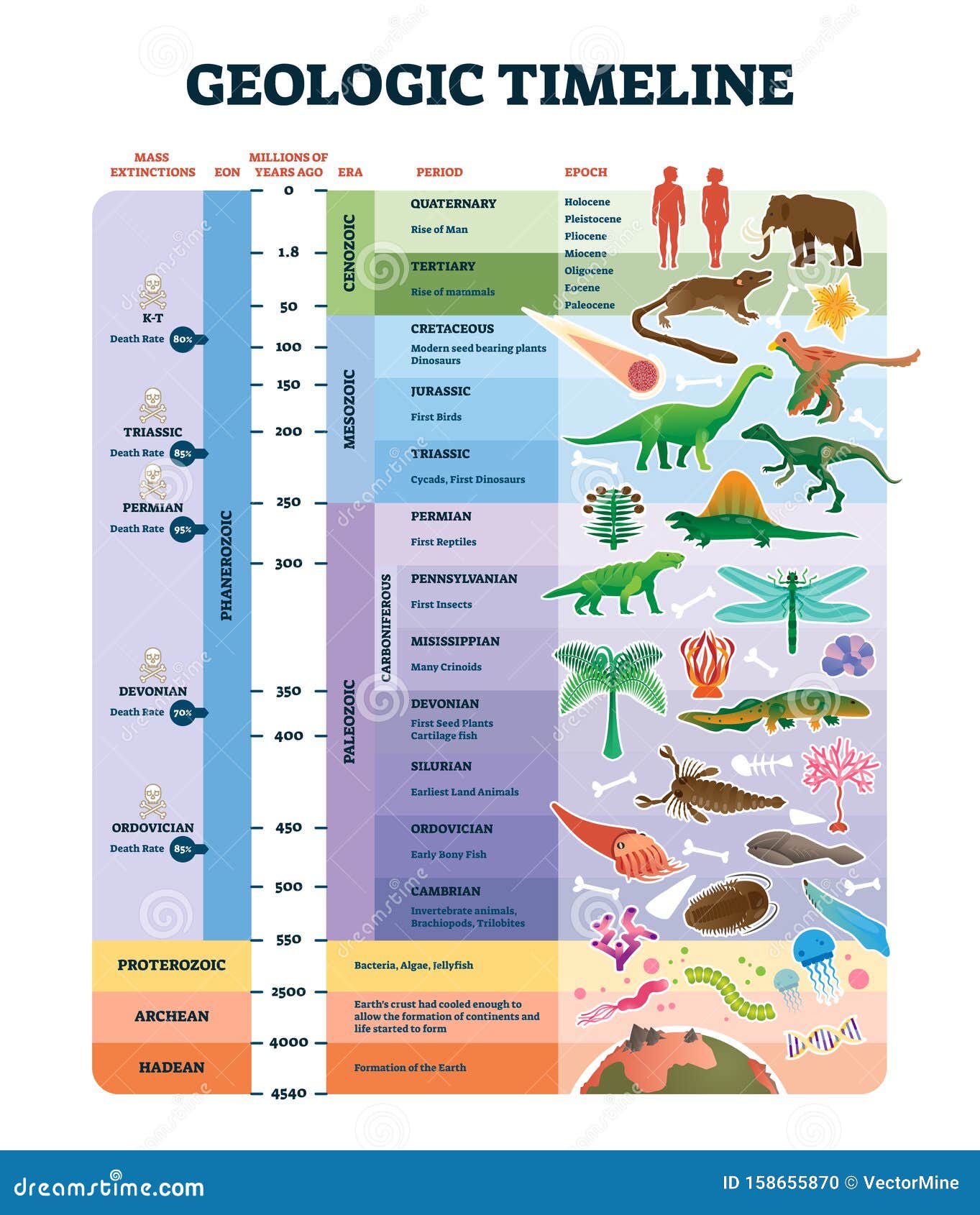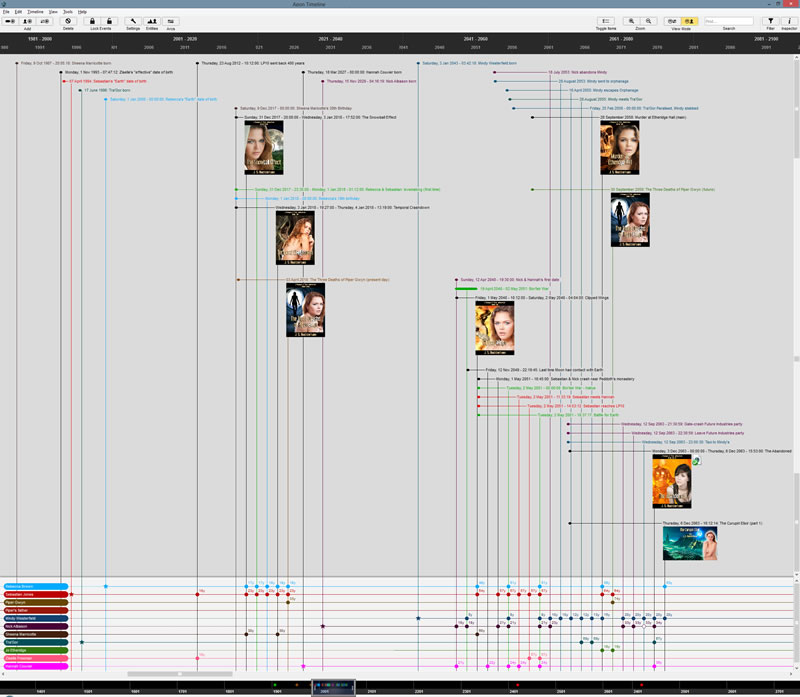
This division between hardline and moderate leftists – broadly, between communists and socialists – was nothing new. Not all leftists, of course, endorsed such violence. The problem is that, for Sartre and many others on the Left, communism required revolutionary violence to achieve because the existing order must be smashed. This makes them free, and through this unbending equality, it is also just.

But by removing the oppressors and broadly returning autonomy to the workers, communism allows each individual to live without material want, and therefore to choose how best they can realise themselves. Their options were unpalatable and inhumane: to work a pitiless and alienating job, or to die. Under capitalism, and in poverty, workers could not be free. As far as he was concerned, it was possible to achieve perfect justice and freedom – that described the achievement of communism.

‘To live and let live,’ he said, ‘in order to create what we are.’ ‘Absolute freedom is the right of the strongest to dominate,’ Camus wrote, while ‘absolute justice is achieved by the suppression of all contradiction: therefore it destroys freedom.’ The conflict between justice and freedom required constant re-balancing, political moderation, an acceptance and celebration of that which limits the most: our humanity. Violence might be used in extreme circumstances (he supported the French war effort, after all) but the use of revolutionary violence to nudge history in the direction you desire is utopian, absolutist, and a betrayal of yourself. Most of all, Camus condemned revolutionary violence. This wasn’t a philosophical system per se, but an amalgamation of philosophical and political ideas: every human is free, but freedom itself is relative one must embrace limits, moderation, ‘calculated risk’ absolutes are anti-human. In it, he gave voice to a roughly drawn ‘philosophy of revolt’. In October 1951, Camus published The Rebel.
Aeon timeline choose era free#
In order to free them, new political systems must be constructed.

Camus and Sartre thought of them as shackled to their labour and shorn of their humanity. They were committed to confronting and curing injustice, and, in their eyes, no group of people was more unjustly treated than the workers, the proletariat. If the idea of freedom bound Camus and Sartre philosophically, then the fight for justice united them politically. This means that people are free and burdened by it, since with freedom there is a terrible, even debilitating, responsibility to live and act authentically. We must choose to live in this world and to project our own meaning and value onto it in order to make sense of it. ‘ only stones, flesh, stars, and those truths the hand can touch,’ Camus wrote. Sartre, Camus and their intellectual companions rejected religion, staged new and unnerving plays, challenged readers to live authentically, and wrote about the absurdity of the world – a world without purpose and without value. ‘We were,’ remembered the fellow philosopher Simone de Beauvoir, ‘to provide the postwar era with its ideology.’ Readers looked to Sartre and Camus to articulate what that new world might look like. Europe had been immolated, but the ashes left by war created the space to imagine a new world. As the city began to rebuild, Sartre and Camus gave voice to the mood of the day. Newspapers reported on their daily movements: Sartre holed up at Les Deux Magots, Camus the peripatetic of Paris. ‘How we loved you then,’ Sartre later wrote. In those days, when the lights of the city were slowly turning back on, Camus was Sartre’s closest friend.

They met in Paris during the Occupation and grew closer after the Second World War. Jean-Paul Sartre, from the upper reaches of French society, was never mistaken for a handsome man. Albert Camus was French Algerian, a pied-noir born into poverty who effortlessly charmed with his Bogart-esque features. Albert Camus by Cecil Beaton for Vogue in 1946.


 0 kommentar(er)
0 kommentar(er)
